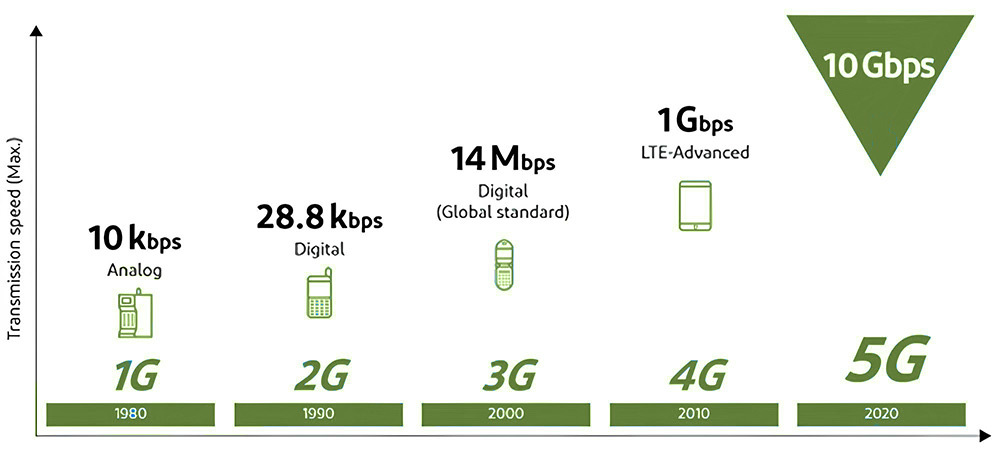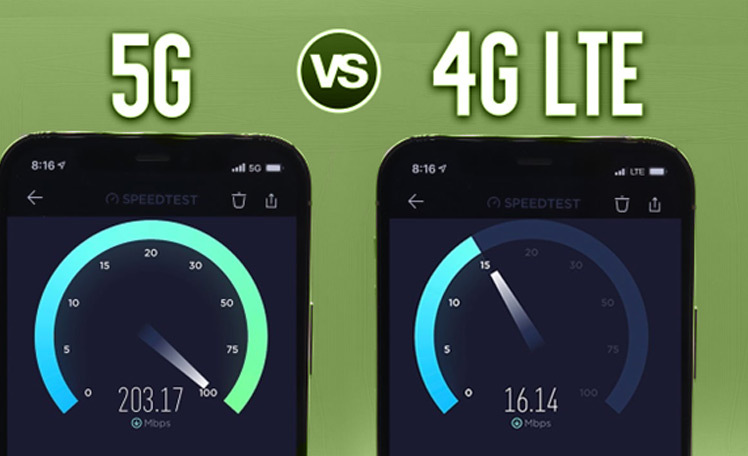This is the era where you should switch to electric cars rather than fossil-fueled petrol or diesel vehicles. EVs are becoming attractive and affordable to all types of drivers, from the cheapest electric cars on the market to family SUVs and premium brand models, but what are the top 5 electric cars on the market right now? Let’s find out below 👇
1. Tesla Model 3
Price: $41,880
EPA-rated Range: Up to 341 mi
Tesla recently released a new Model 3. It isn’t as innovative as the Tesla Cybertruck, but it is still far more affordable, more useful, and good-looking. Tesla is the only supplier of electric cars and is therefore the most likely to remain in business in five years.
It combines simple design, space-age technology, grin-inducing performance, and cutting-edge charging technology. All powered up by Tesla’s massive and dedicated Supercharger network. Most importantly, it provided a long driving range, making it one of the best electric cars you can buy.
SPECS
| Body Type | Sedan |
| Drivetrain | Rear-Wheel-Drive |
| Seating Capacity | 5 |
| Fuel Type | Electric |
| Engine | Single electric motor, 271hp (202kW) |
| Transmission | Single-speed |
| Range | 341 miles |
| Acceleration | 4.2s 0-60 mph |
| Charging Speed | 175 miles covered in 15 minutes |
2. Lucid Air Saphire

Price: $249,000 USD
EPA-rated Range: 427 mi
The Lucid Air Sapphire represents a major change in automotive innovation by boosting electric performance to new heights. Developing the world’s toughest and most well-rounded high-performance EV. The Lucid Air Sapphire sets the benchmark for performance EV capabilities with an EPA-estimated 427 miles on a single charge.
SPECS
| Max Power | 1,234 hp |
| 0 – 60 mph | 1.89 secs |
| Estimated Range | 427 mi |
| Charge to 200 mi | 15 mins |
3. BMW i7
Price: $106,695
EPA-rated range: Up to 318 miles
The BMW i7 is the brand’s electric flagship luxury car, based on the same frame as the gasoline-powered 7-Series. You’ll be treated to a suite of the latest technological innovations, including an optional 31.3-inch screen that lowers from the ceiling for the rear passengers,
In 2024, there will be three different i7 trims available: The standard eDrive50 is rear-drive only and produces 449 horsepower. A second motor is added to the front axle of the xDrive60, increasing output to 536 horsepower. There is also the top-tier M70, which has 650 horsepower.
SPECS
| Drivetrain | Rear-Wheel-Drive |
| Seating Capacity | 5 |
| Fuel Type | Electric |
| Engine | Single electric motor; 449hp (335kW) |
| Transmission | Single-speed |
| Range | 301 miles |
4. Rivian R1S/R1T
Price R1S : $85,800
Price R1T : $80,800
The Rivian R1S SUV or R1T pickup is one of the first electric vehicles with a four-motor option (having two possible configurations). Rivian is among the most intelligent electric cars available now. Depending on the setup, this car might cost up to $80,000, but the four motors make the expense worthwhile.
- Range of up to 410 miles for the pickup and up to 390 miles for the SUV.
- This vehicle would perform significantly better off-road and on snow or ice than two-motor electric cars.
- It allows you to endlessly vary the power on each wheel separately.
- One-of-a-kind features, like the RV-style tray that slides out from under the rear truck bed.
SPECS
| Feature | Rivian R1S | Rivian R1T |
| Range | Up to 300+ miles | Up to 300+ miles |
| Acceleration (0-60 mph) | From 3 seconds | From 3 seconds |
| Towing Capacity | Up to 7,700 lbs | Up to 11,000 lbs |
| Seating Capacity | Up to 7 passengers | 5 passengers |
| Charging | Up to 200 kW | Up to 200 kW |
| Charging Time (0-80%) | Not specified | ~50 minutes (using 200 kW charger) |
Read our blog What is Google’s Gemini AI? | Full Guide
5. Hyundai Ioniq 6
Price: $43,000 (est.)
EPA-rated range: Up to 361 miles
IONIQ 6 has won three awards, including World Car of the Year. World Electric Vehicle and World Car Design of the Year. The 2024 Hyundai Ioniq 6’s elegant interior, long driving range, and smooth ride qualities make it an exciting addition to the electric car market. This Hyundai rewards you with a more unique style, a longer battery life, and the accessibility of Google’s and Apple’s in-car services.
SPECS
| Body Type | Sedan |
| Drivetrain | Rear-Wheel-Drive |
| Seating Capacity | 5 |
| Fuel Type | Electric |
| Engine | Single electric motor, 225hp (168kW) |
| Transmission | Single-speed |
| Range | 240 miles |
| Charging Speed | 350kW in 18 minutes |
FAQ’s For Electric Cars
Q: Are electric cars eco-friendly?
Because electric cars emit no exhaust or tailpipe emissions, they do not contribute to the localized NOx and particle pollutants that harm urban air quality. Electric cars become more environmentally friendly as the National Grid’s energy mix switches from fossil fuels and toward renewable energy sources like solar, wind, and tidal power.
Q: Does my electric car need to be charged overnight?
Keep your electric car between 20% and 80% charged. Most of the time, this won’t require an overnight recharge, and certainly not every night. Check the manufacturer’s instructions to determine how quickly your car or wallbox can charge.
Q: What drawbacks do electric cars have?
The main drawback of electric car models is definitely their initial cost, which is still higher than that of cars with internal combustion engines. If you are unable to install a wallbox at home, another problem you may be facing right now is the absence of public charging stations for electric cars in your neighborhood.
Q: How much time does an EV require to charge?
This is determined by the car you drive and the type of battery charger you use. The latter typically falls into one of the following groups:
| Type | kW | (Approx) Time to full charge |
| Slow | 2-4 | 10-24 hours |
| Fast | 7-22 | 2-4 hours |
| Rapid | 43+ | 30-60 minutes |
| Ultra Rapid | 100+ | 20-40 minutes |
Make sure to check your car’s battery size before wasting time on a rapid charger that you can’t really use because it might not be able to run at ultra-rapid speeds.
Wrapping-Up:
Finally, the top five electric cars represent an evolutionary leap toward more sustainable and efficient mobility. These cars demonstrate the promise of electric power in the automotive industry by blending cutting-edge technology with environmentally friendly design.
Read Our Blog 7 Best Trends Of Digital Marketing In 2024





















